Table of Contents Show
Our day has arrived, ladies and gents: National Princess Day is November 18th. Originating with Snow White in 1937 and most recently with Moana in 2016, Disney’s princesses have cemented themselves into our culture. With flowing tresses and suitors afoot, Disney princesses have captured the heart of millions. National Princess Day begs the questions: are the Disney Princesses beneficial to the young girls whom Disney heavily markets toward? What message is Disney sending to the masses with their blockbuster films that endure through the decades? The easy answer is a beautiful, thin, love-starved, and helpless stereotype. However, Disney Princesses are also brave, resourceful, and independent if given a chance.
Early Disney Princesses
The first Disney princesses are the logical starting point for any National Princess Day article. Snow White, Cinderella, and Aurora are clearly products of the era they were made in the 1930s-1960s. Patriarchy is a strong message Disney sells in these early Disney Princess films. Men are go-getters and saviors while women are expected to do housework while waiting for their Prince to come. Interestingly, the films do have women in positions of power as well — evil, nefarious, and villainous positions of power, that is.
Like A Shiny Apple
Snow White was the first Disney princess in her 1937 movie Snow White and the Seven Dwarfs. She has porcelain skin, rosy cheeks, and a sweet black bob with a red bow. Living with seven chaperone dwarves who range from Dopey to Grumpy, these men surround Snow White daily. It’s not surprising that Snow White was given so many men to help and aid her, given the era, the movie premiered in. In the 1930s, women were not as independent as they are many decades later.
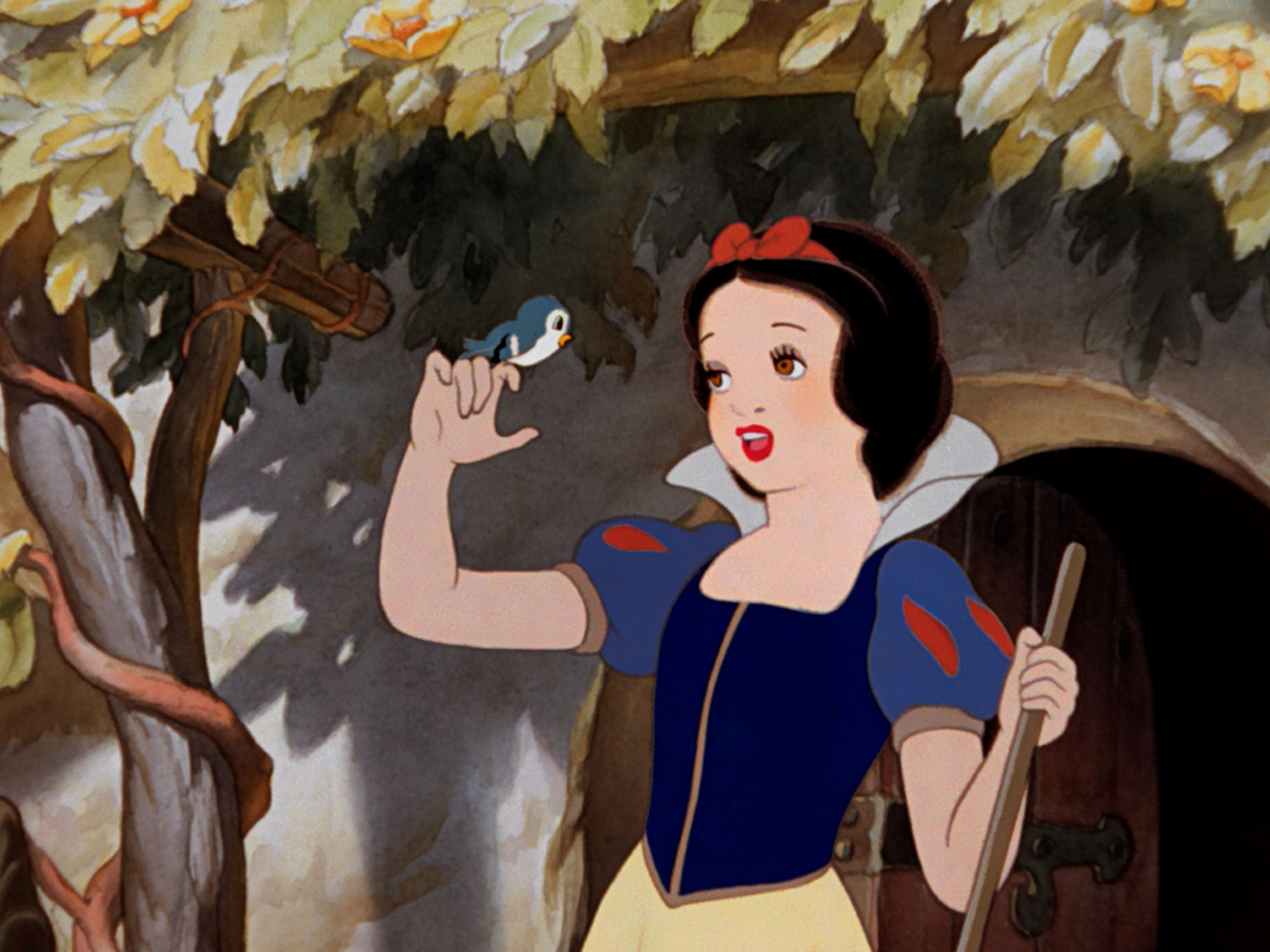
Due to the era in which the film was made, many of the ideas in this piece may be seen as repressive or in support of a male-dominated society. However, one must also consider that the evil queen is a woman and that she is in a position of ultimate power. Women typically did not hold positions of power in the public sphere and this presence is remarkable, despite the negative connotations associated. (( Lueke, Alexandria Irene. “The Disney Evolution: Princesses as Positive Role Models.” University of Dayton. April 2014. Accessed November 4, 2020. ))
Alexandria Irene Luke, “The Disney Evolution: Princesses as Positive Role Models”
If The (Glass) Shoe Fits
Cinderella is perhaps the most famous princess since her titular movie in 1950. She is the epitome of beauty that all little girls are told to emulate. Petite and blonde, she is demure, hard-working, and industrious. She is the classic rags-to-riches story, which forces the modest humility she is admired for. Cinderella, like Snow White before her, befriends animals, which also shows her kindness and respect for all creatures. This further pushes her into the idealistic Disney Princess stereotype.
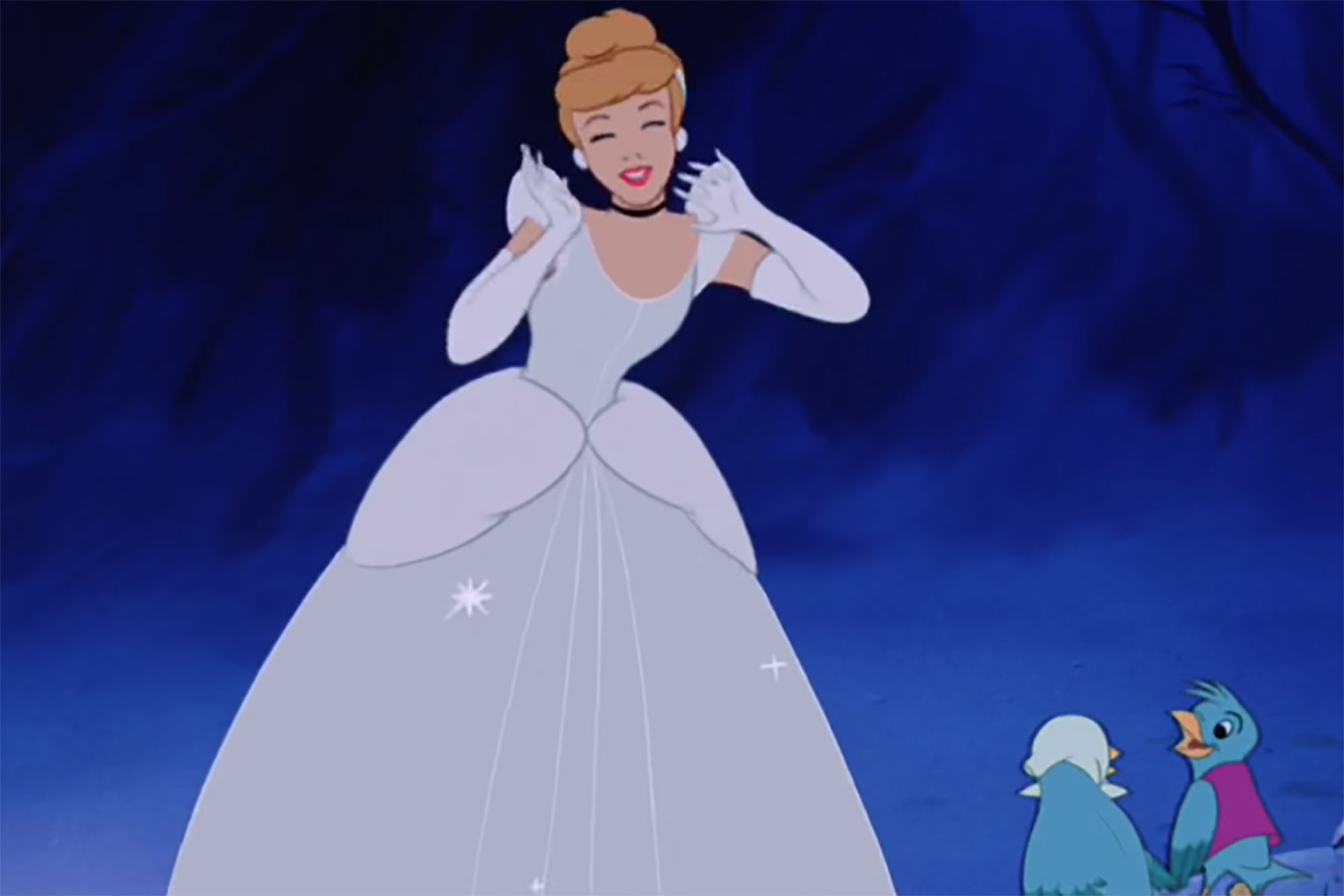
Fairy tales offer children a fantasy world of magic, romance and adventure where pumpkins are transformed into crystal coaches and a kiss from a handsome prince can bring a young girl back to life. But tales like “Cinderella,” “Sleeping Beauty” and “Snow White” are also sending strong messages about the importance of having a beautiful appearance. (( Hanafy, Erin. “Scholars say fairy tales stress beauty.” CSUN.edu. January 14, 2004. Accessed November 7, 2020. ))
Erin Hanafy, “Scholars say fairy tales stress beauty”
Tired Tropes
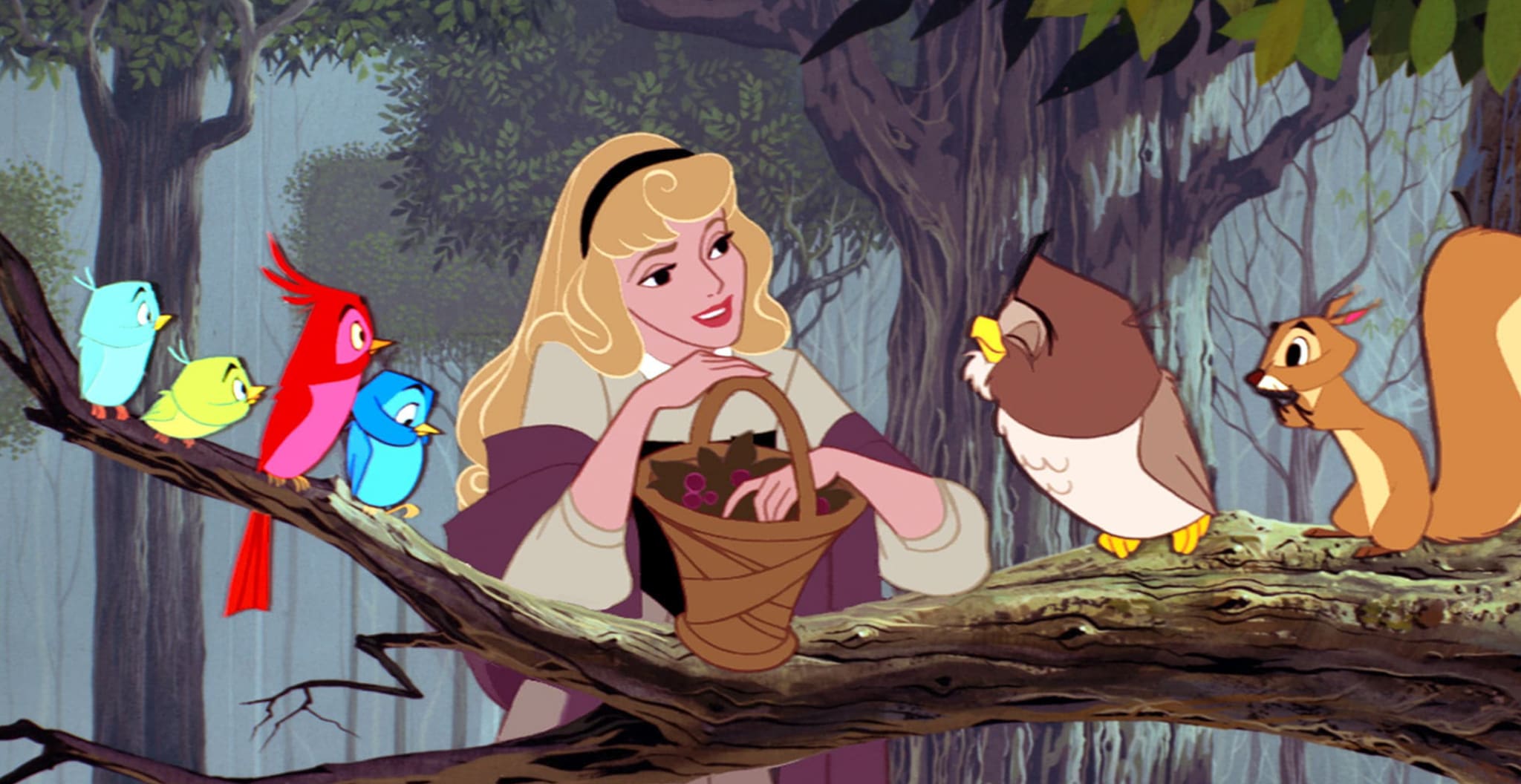
Aurora starred in Sleeping Beauty in 1959. She is tall with long flowing golden locks and red bow lips and has a penchant for long naps. She perhaps launched the Disney stereotype of the “Damsel in Distress.” Her prince has to slay dragons and fight through the fire to save her. Poor Aurora doesn’t even know her real name at the beginning of the movie. Aurora’s life perhaps resembles what people imagine their life would look like if they were a princess on National Princess Day. Aurora has no real responsibilities. Three fairies raise her as a peasant, and nothing is expected of her until her sixteenth birthday — a pretty sweet gig if you can get it!
Disney Renaissance Princesses
No article concerning National Princess Day wouldn’t dare not mention the Renaissance Era, the 1980s-1990s. These princesses show the changing roles of women and are more outspoken, independent, and unique. Taking current events and adapting them into their stories, the Renaissance films modernize the princesses and their struggles like never before.
While they are still under the Disney umbrella, which practically mandates a happily ever after curtesy of a man’s approval, these princesses are still a ways from passing the famed Bechdel Test. National Princess Day is an easy excuse to plug the Bechdel Test, which grades movies on three criteria: do they have at least three named female characters who talk to each other about something other than a man?
Free In The Sea
Ariel splashed into our hearts in the Little Mermaid in 1989. With flaming red hair, wearing only a pair of seashells, and a mermaids tail, Ariel was a product of the era the movie was made in. She displayed a stubborn streak of independence previously absent from Disney Princesses. Even Ariel’s antagonist, Ursula, presented a new Disney villain. She is a sea witch who “is singular among Disney villains, [and] there is a person behind this character.
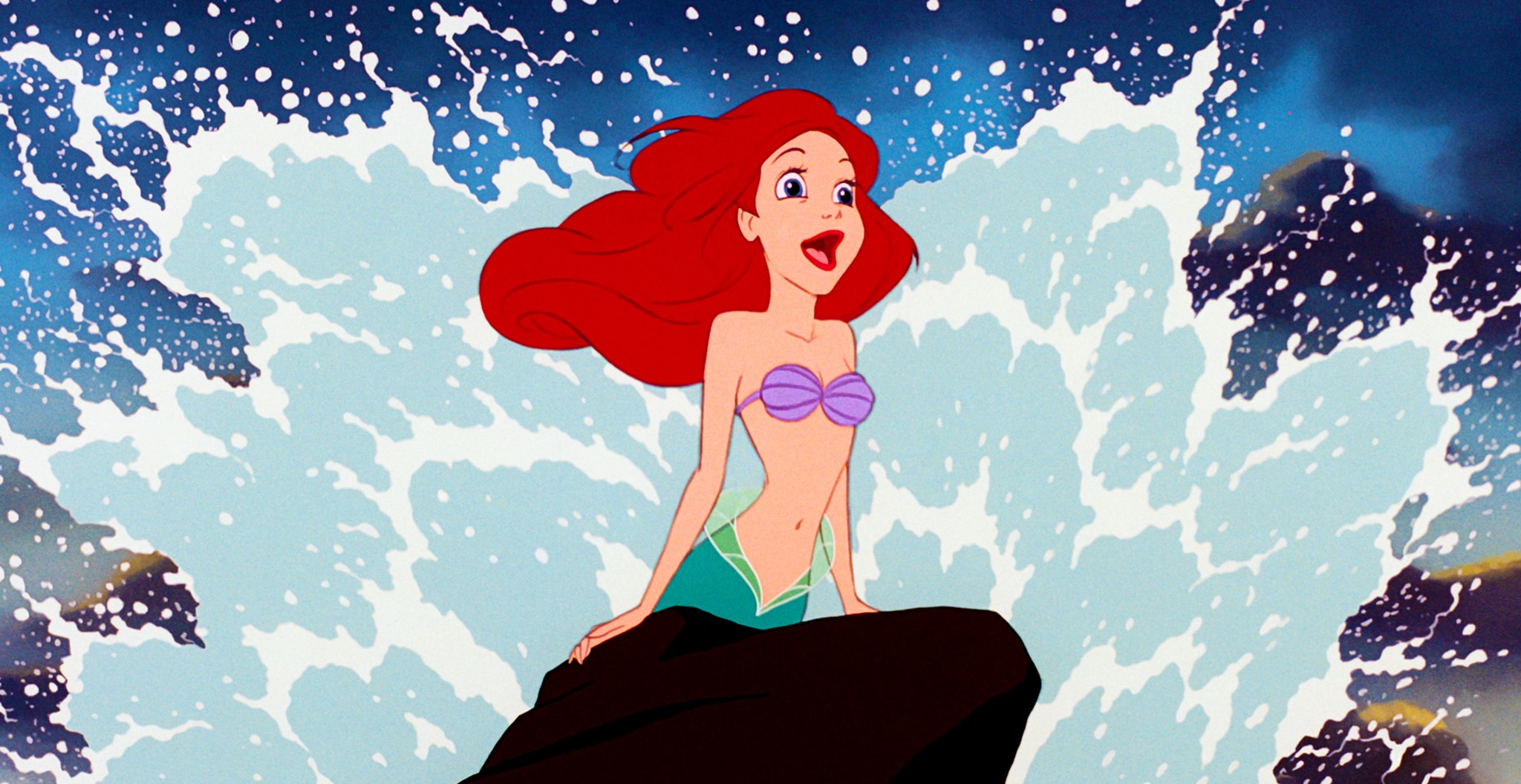
She is a real-life Ursula with a crimson mouth, eyebrows sharp as switchblades, and a homicidal gleam in her eye…[the] indelible character in a children’s cartoon is a composite of 1980s gay life, bold women with gravelly voices.” (( Nicole Pasulka and Brian Ferree. “Unearthing the Sea Witch.” Hazlitt.net. January 14, 2016. Accessed November 5, 2020 )) Incorporating the blossoming gay and drag culture of the times was a huge step forward for the often static Disney values.
An Open Book
Belle and her love of books came out in the 1991 movie Beauty and the Beast. With a softly flowing chocolate chair and often clutching a book, Belle is a princess whose beauty is briefly touched upon in the movie. While a few comments are made about her beauty by the townsfolk, the largest conversation lies in her “peculiarity.” Like her intense love of books and social awkwardness. Likewise, Belle sees past the ugly Beast and handsome Gaston’s appearances and to the true person inside.
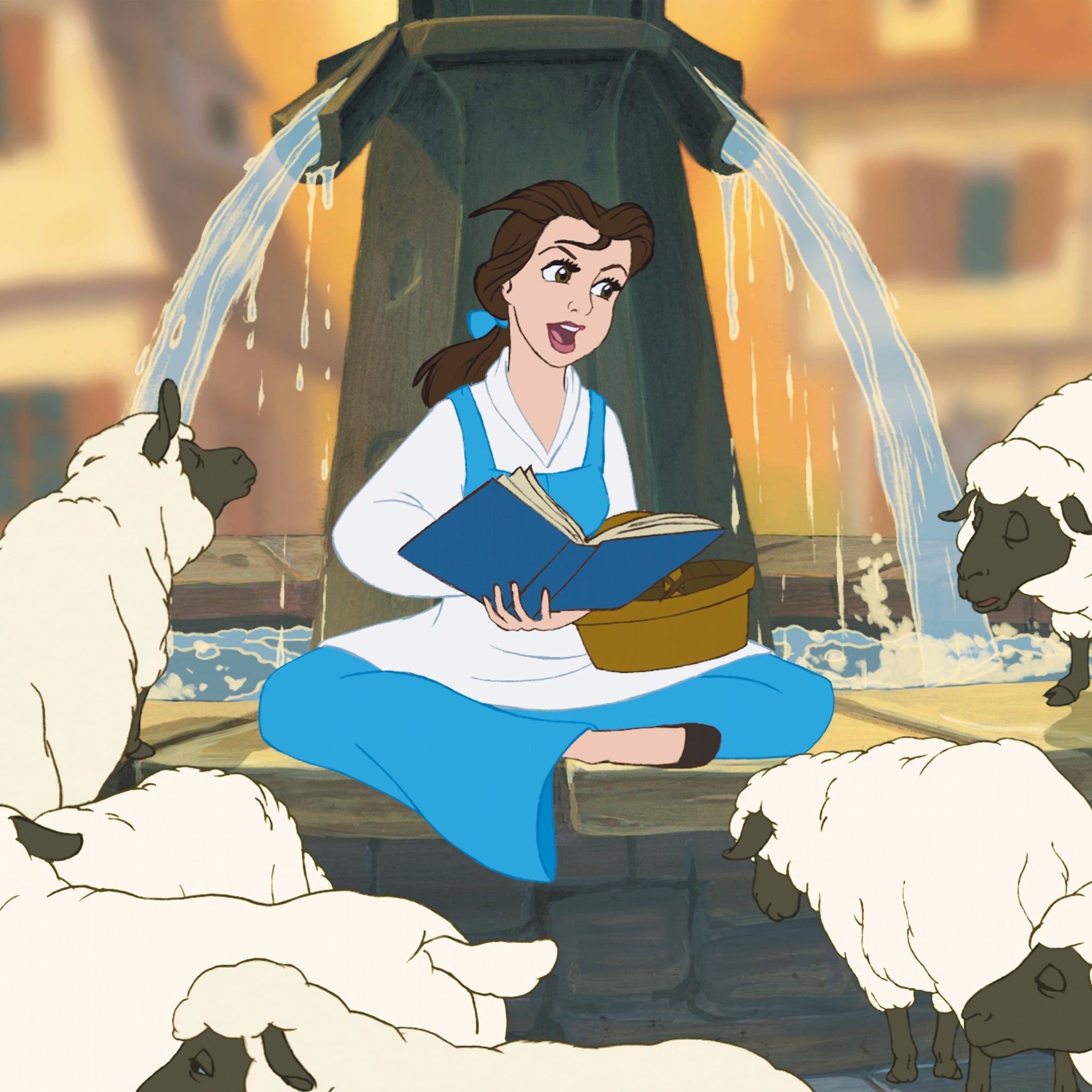
Although Belle is intelligent, she is often criticized as being a victim. She takes great abuse from the Beast and is degraded by Gaston as well. She even takes criticism from her beloved father. Belle is a timid character and a nod to the earlier princesses like Snow White and Aurora. Belle’s strength lies in her loyalty, ability to see a person’s heart regardless of appearance, and love of literature. She is one princess that shows her independence not through rule-breaking but through learning, a great strength to show on National Princess Day.
Princess Protection
Jasmine starred in Aladdin in 1992. She has an enormous amount of black hair and is the first Arabic Princess and daughter of the Sultan. Like Ariel before her, Jasmine is not happy with her privileged life and rebels against the restrictions placed on her. Jasmine seeks a (National) Princess Day to relax and experience the bazaar, a luxury that, as royalty, she does not get the chance to enjoy. Jasmine meets Aladdin in the bazaar, and thus Jasmine’s story really starts as a result of her (National) Princess Day. If Jasmine did not rebel and go into the bazaar, her life would have been static, and her story unfinished.
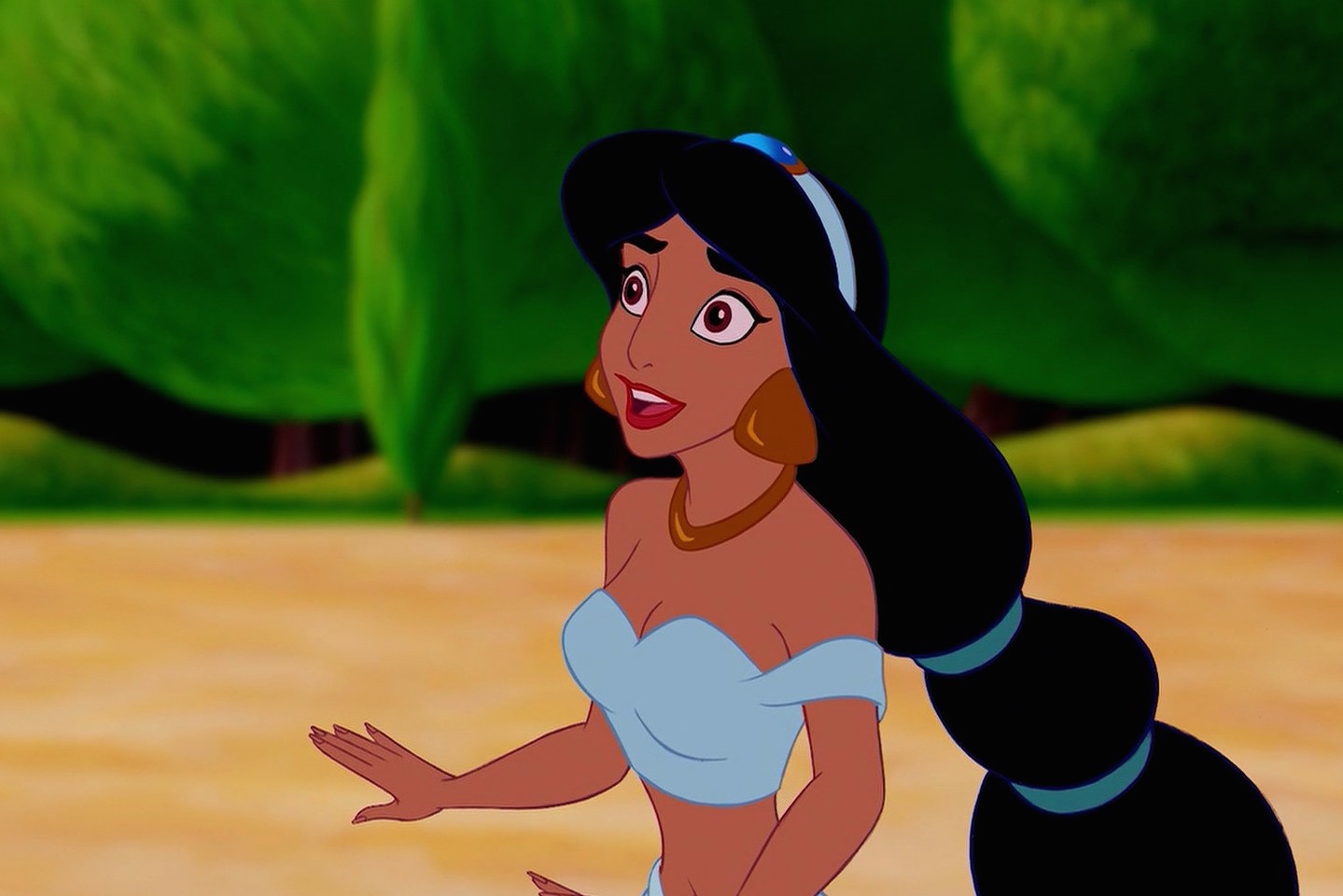
Jasmine’s rebellion does propel her story throughout the movie. First is her fated trip to the bazaar, then the refusal to marry any prince. Even after Aladdin catches her interest, Jasmine still resists his charms a good bit before getting on his magic carpet for the ride of her life. Finally, Jasmine passionately defies new Sultan Jafar’s wishes to keep her locked up in restraints if she will not be by his side willingly. In the end, Jasmine and Aladdin both aid in freeing Genie — a beautiful statement about ending oppression and beginning healing.
Freedom Flies
Pocahontas was the heroine of her eponymous 1995 movie. As a Native American, Pocahontas has black hair, a tribal tattoo, and brown skin. She is often seen running around the woods barefoot and communicating with nature — quite the striking difference from the sweet frolics of Snow White before her. Disney’s Pocahontas really needs a (National) Princess Day off. She is the daughter of Chief Powhatan and arranged to marry the great warrior Kocoum. Pocahontas also feels her late mother’s free spirit and constantly battles with her desire to be independent. Of course, on her Princess Day Off, she meets John Smith, her love interest in the movie.
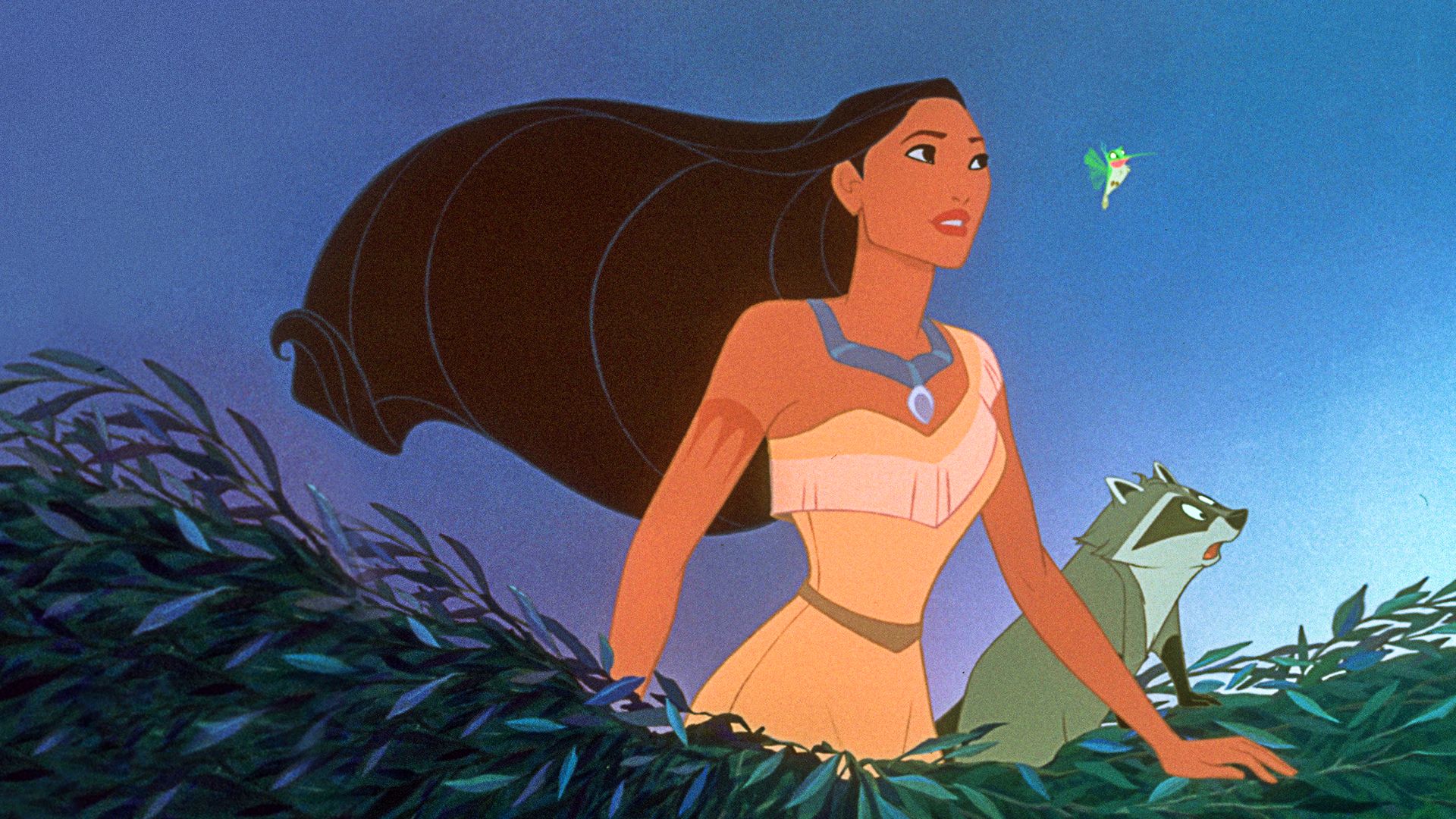
Pocahontas is a wonderful exploration into spirituality with Pocahontas seeking Grandmother Willow’s advice on interpreting her dreams and following her heart. Not only is Grandmother Willow a tree — she speaks in riddles and vague questioning remarks. Pocahontas is urged to look inside of herself to find the answer that is true to her. Of course, Pocahontas’ dreams all feature John Smith, and her heart ultimately leads to her choice to protect him at the risk of her own life. However, even the slightest delve into spirituality, self-investigation, and self-sacrifice are landmark discoveries for the Disney franchise.
Small But Mighty
Mulan fought her way into our hearts in 1998 in her titular movie. Set in ancient China, Mulan impersonates being a man to get into the Chinese army to fight the Huns in place of her elderly father. Mulan cuts off her long black hair and wipes the Geisha makeup off at the beginning of the movie. Later she even goes so far as binding her breasts. Like Pocahontas, Mulan, too, would benefit from a Princess Day Off. Instead, Mulan disregards her femininity at every opportunity.
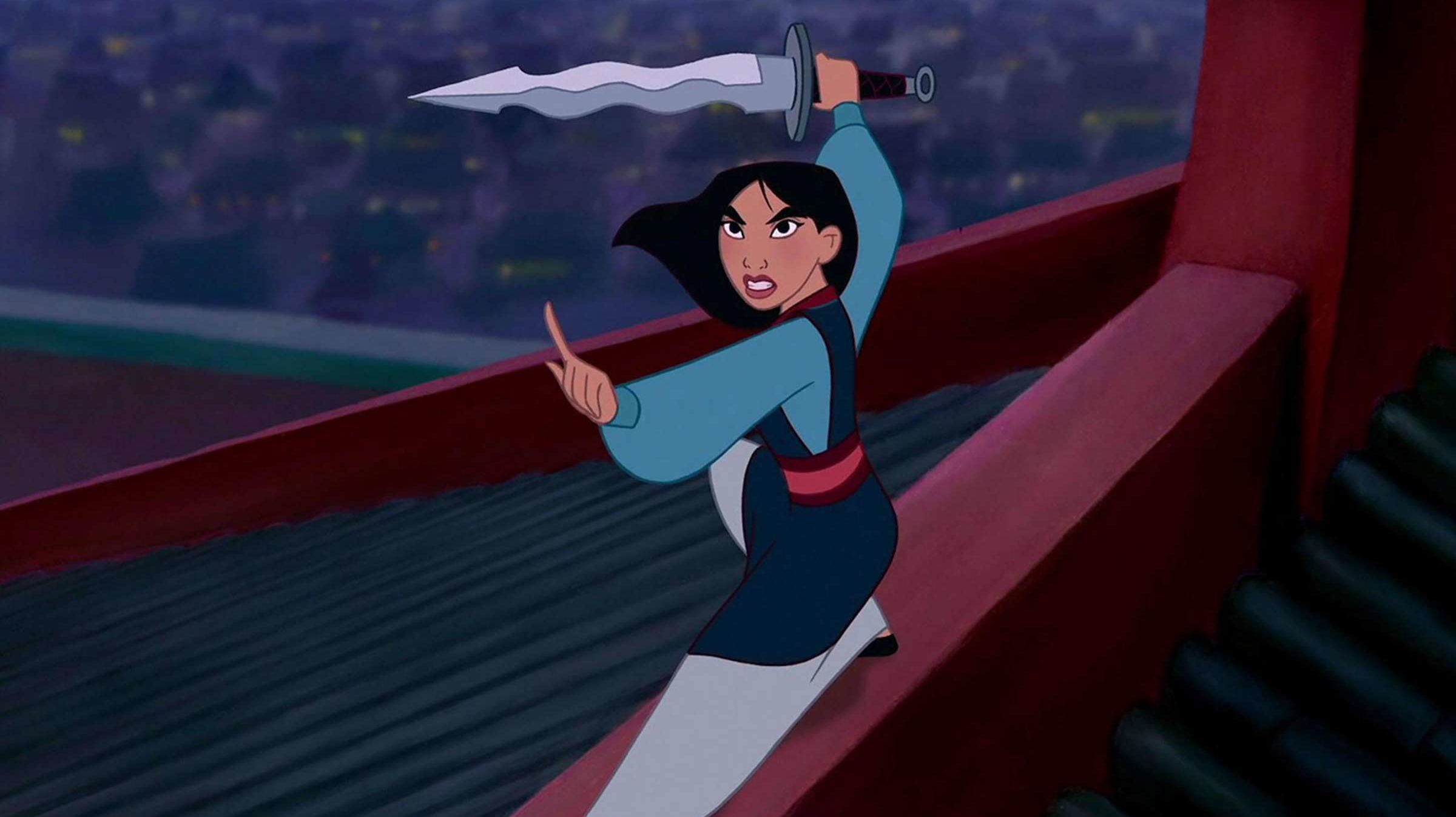
Mulan’s refusal to act “womanly” is a shock to her family and the viewer. Mulan is not a princess to be shown combing her hair in front of a vanity or speaking to the birds in the window on a sunny day. Instead, Mulan is shown in the pouring rain chopping off her hair with a sword before leaving her family in the middle of the night to fight in a war. In the end, Mulan finds happiness and love in her fight against the Huns and her battle within herself.
Modern Disney Princesses
Princesses 2000s-present are the new era of princesses. National Princess Day highlights the princesses of color and the princesses who don’t rely on a man to achieve happiness. Unsurprisingly, these modern princesses are the ones who align closest with current societal ideals. Notably, some of the modern Disney Princesses do not seek romantic love. Instead, these princesses seek connections with their family or connections to the past. National Princess Day also shines a light on the need for even more improvement from Disney, who so easily falls back upon their white, patriarchal stereotypical Princess.
Black Representation
Tiana is noted as the first princess of color with her 2009 film Princess and the Frog. Tiana is also a business owner. These make Tiana a princess of “firsts.” Tiana also has a beautiful relationship with her late father, thus keeping the patriarchal link to other more male-driven movies.
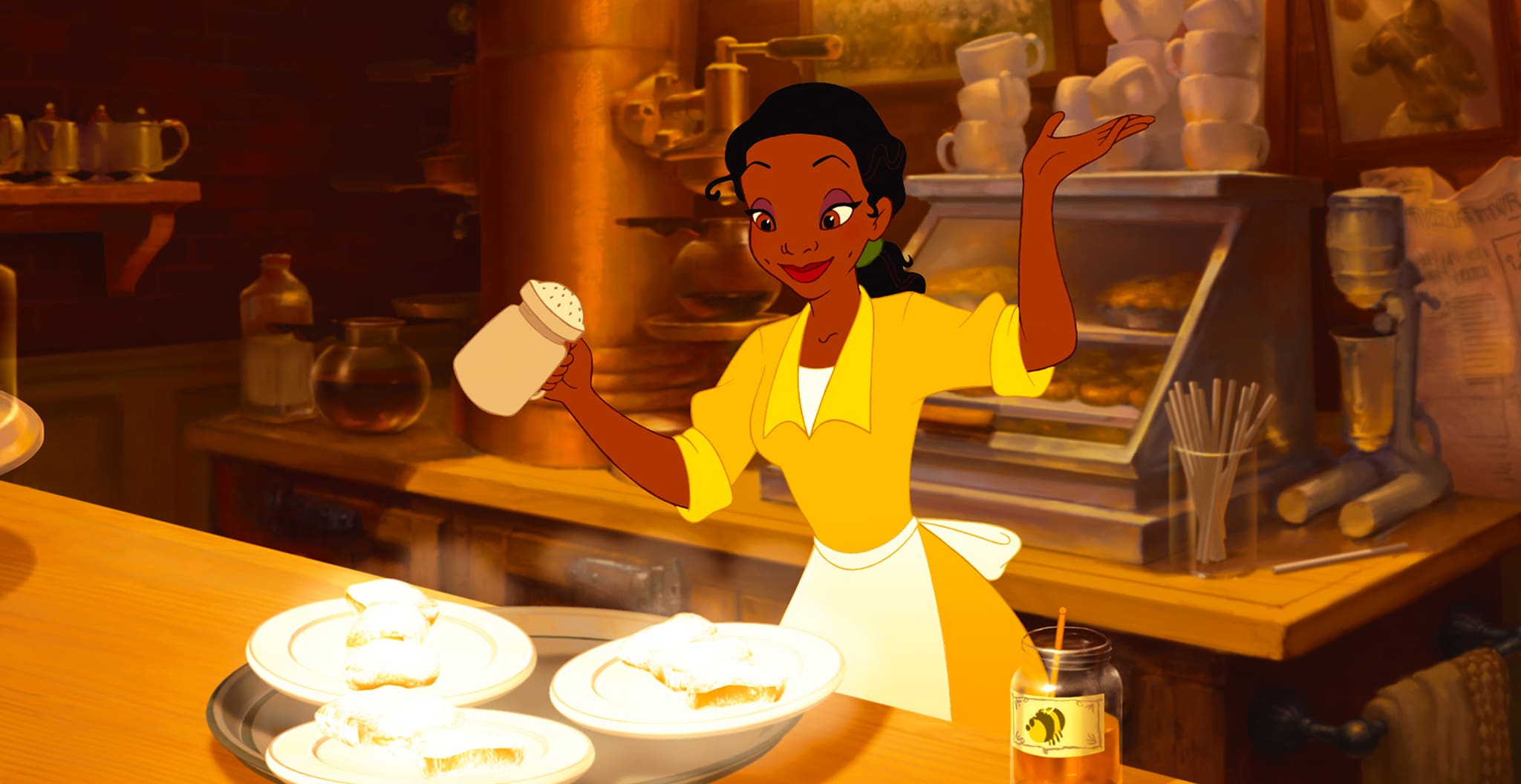
Her father, “James’ patriarchal teachings remain deeply rooted in Tiana, and follow her throughout her external culinary pursuits, allowing him to live posthumously through her focused efforts.” However, it is not James’ wish for Tiana to marry well that is repeated in the movie; it is the “deep connection to her daddy and their shared love of preparing food. It is instantly heart-warming and refreshing to see a daughter/father relationship as the motivation behind a female heroine’s journey, instead of another stale deadbeat dad stereotype.” (( Meyers, Scott. “Great Character: Tiana (‘The Princess and the Frog’).” Gointothestory.blcklst.com. June 13, 2015. Accessed November 5, 2020 )) Tiana and her father show the loving nature of male/female relationships and how patriarchy can still be present but not negative.
What A Good Haircut Can Do
Rapunzel was featured in the 2010 Tangled and is, of course, the owner of the most luxurious locks in all Disney. She is also blonde and petite, a Disney Princess staple. Rapunzel is frequently seen wearing feminine colors, form-fitting dresses, and even uses some accessories for her hair. It’s interesting to note in this movie that Rapunzel actually becomes free when she cuts off her hair.

The luxurious locks are actually a form of oppression that Flynn frees her from. (( Cunningham, Lisa Kaye. “The Truth About Feminism and Disney Princesses.” Nerdology.org. April 2, 2014. Accessed November 5, 2020. )) National Princess Day is a great excuse to recognize that while Rapunzel was wonderful in finding her femininity and independence through the loss of her famous hair, she does so only by the actions of Flynn.
Brave and Bold
Merida starred in the 2012 film Brave. Merida was exalted for her fiery red hair and Scottish brogue. She is a badass archer and spear-thrower and warrior in the making. Merida has an impish personality and a heartfelt desire to better herself as an archer. Articles were written about the extent of animation needed to draw the curls’ magnitude in Merida’s hair.
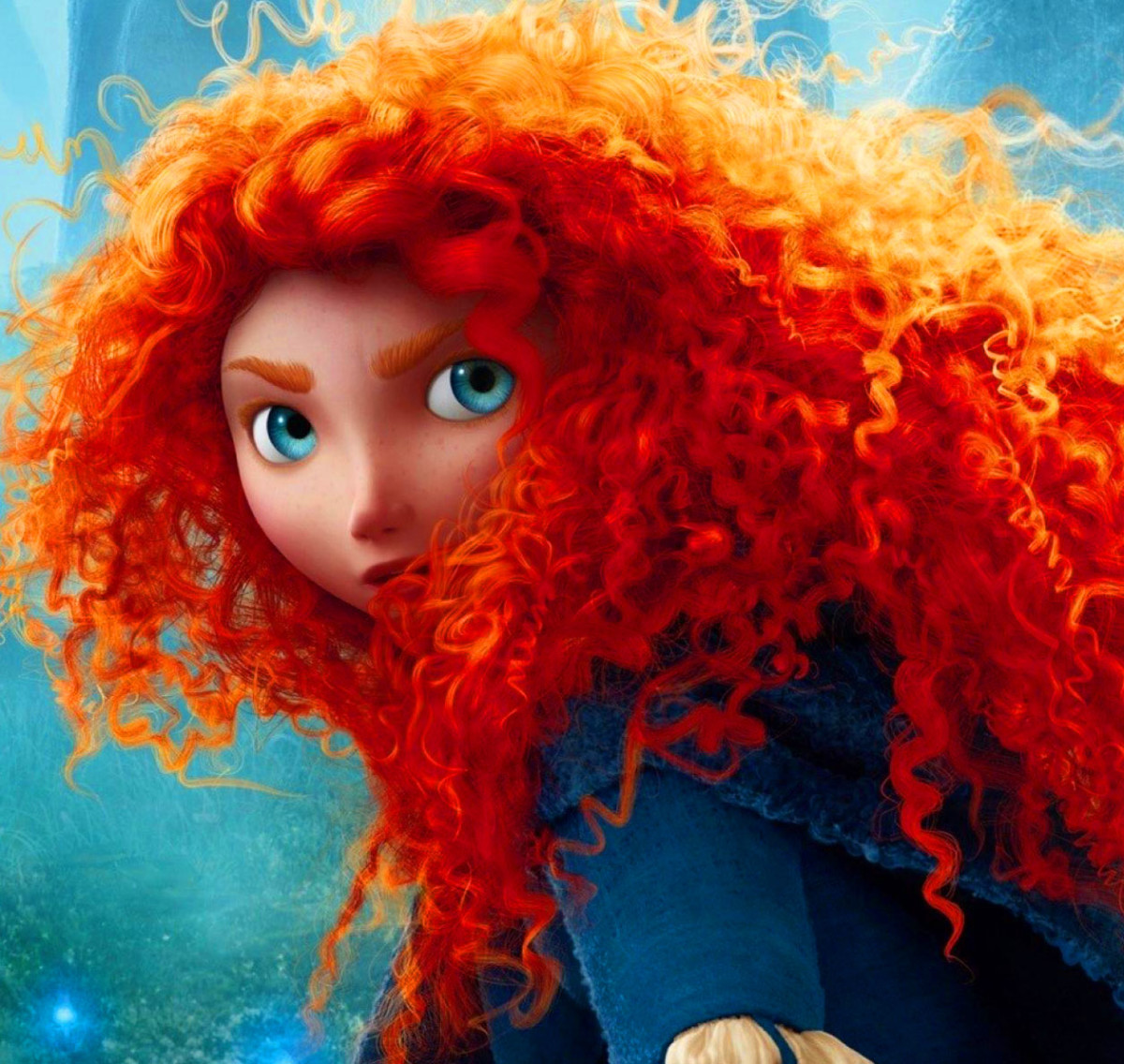
However, “in the marketing, Disney slims her down, sexualizes her, takes away her bow and arrow, gives her makeup — feminizes her.” (( Mcbride, Jon. “Study finds Disney Princess culture magnifies stereotypes in young girls.” Phys.org. June 20, 2016. Accessed November 4, 2020. )) All princesses are sexualized to an extent with slim waists, luxurious hair, and perfectly symmetrical features. However, Merida is unique in that the marketing actually changes her body type and adds makeup to one of the few princesses who aren’t heavily made-up all the time. Disney takes the positives of Brave, the tomboy nature, and soft figure of Merida and then alters these attributes to fit into the sexualized American princess ideal.
How Far She Will Go
Moana and her love of the ocean debuted in 2016 in her eponymous movie. Moana is a young princess who, like Jasmine before her, struggles against the life she is destined to have.
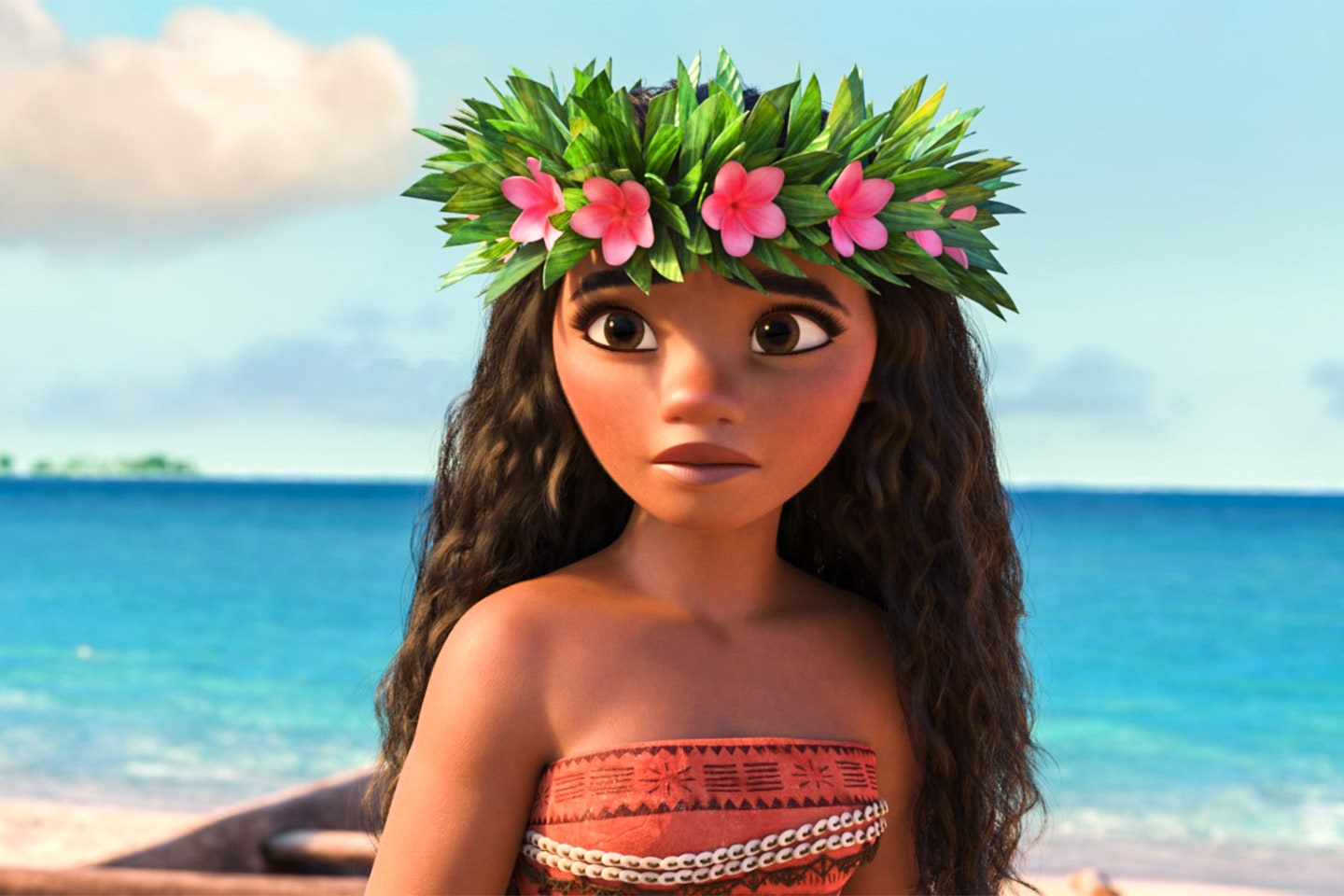
However, “Moana’s journey is unique to other Disney princesses because she goes on her journey for her family and her people, instead of trying to impress a man.” (( “Why Moana is the Best Representation of a Disney Princess.” OSU.edu. April 17, 2018. Accessed November 5, 2020 )) Like other newer Disney movies such as Frozen (2013), Moana brings a breath of fresh air to the tired Disney refrain of “Damsel in Distress Seeking Husband” by having their heroines not obsessed with finding love.
Not Princess Material
National Princess Day gives us a chance to remember that Disney Princesses aren’t always glitz and idealistic. Peter Pan‘s (1953) Tinkerbell, Hunchback of Notre Dame‘s (1996) Esmerelda, and Tarzan’s (1999) Jane Porter will attest to the cut-throatiness of Disney. Once considered a Disney Princess or Princess-to-be, these heroines had been cut from the official Disney Princess line up. National Princess Day gives a chance to recognize Tinkerbell, who now heads the Fairies division, Esmerelda, who underperformed financially, and Jane Porter, who was rumored of being too similar in looks to Belle.
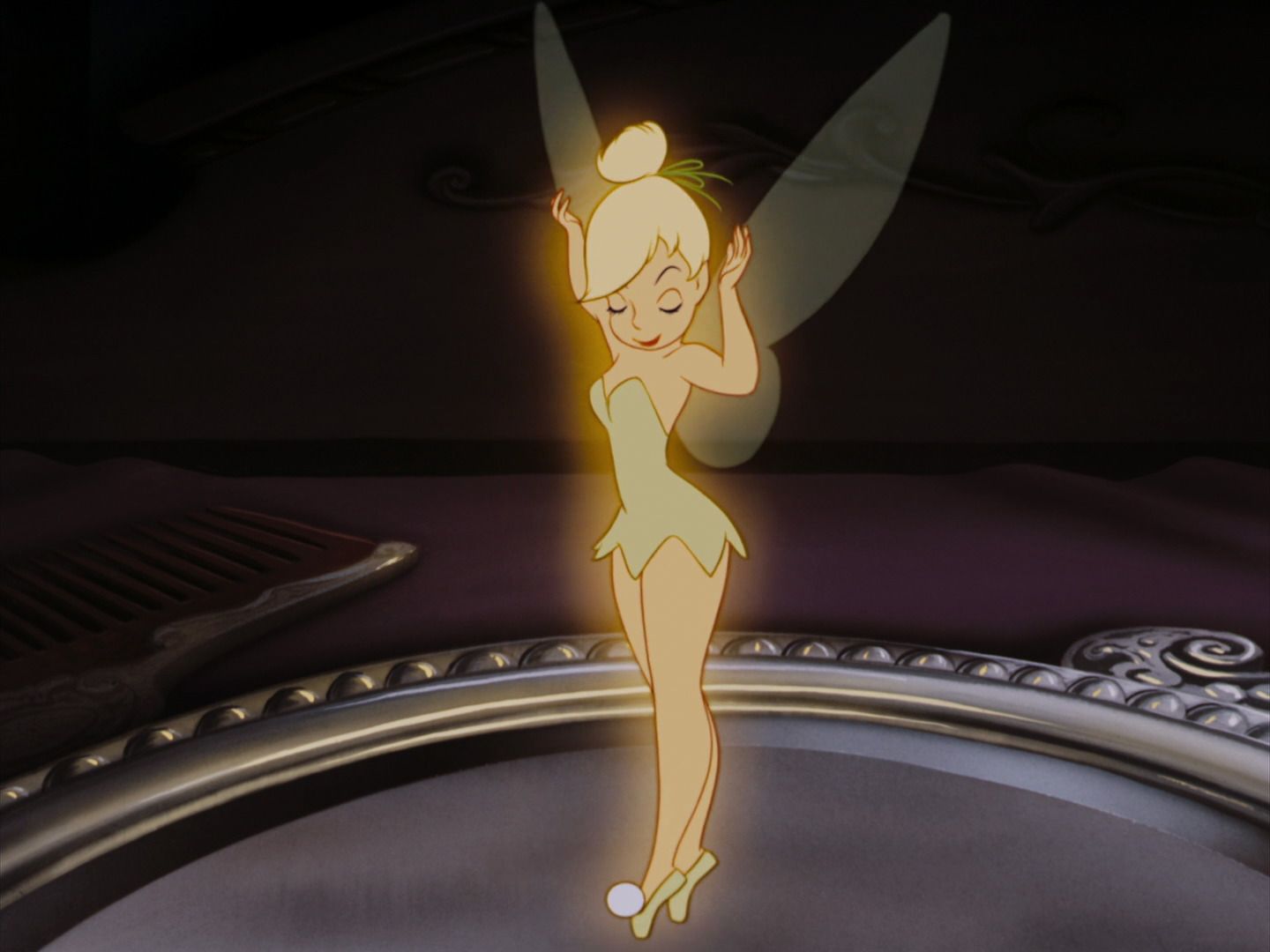
Esmerelda and Jane Porter have all but faded into obscurity. Tinkerbell, on the other hand, is a key Disney character. It’s interesting to note that out of the two Renaissance princesses and the one early princess, only Tinkerbell, the sole early princess, is the forefront of the Disney machine. Tinkerbell is yet another petite and blonde character. However, she does possess powers of her own and isn’t driven by the need to find love.
National Princess Day Attention
Reviewing the differing societal values on National Princess Day has shown that while Disney certainly follows societal norms, they are uncompromisingly true to themselves. They have rhetoric, and they follow it. Disney heroines (like Anna and Elsa) and Princesses from the official line up all have a role they fit. These women are beautiful and strong. They are fierce and independent too. National Princess Day highlighted the sweet early princesses who were following traditional rules of the time. Renaissance princesses were bolder and started incorporating non-white princesses into the line-up. Modern princesses are showing to be even freer to be individuals in the Disney line up.
In this day and age, and on National Princess Day, everyone has a princess’s opinion. Even Cosmo has a snippet to say about Disney princesses. They take a rather preachy role and hope that “going forward, Disney will continue to act on their responsibility to promote a variety of role models in their characters, which we hope will serve to teach girls they don’t need to conform to a ‘one size fits all’ box for the entirety of their life.” (( Harvey-Jenner, Catriona. “Disney princess culture harms girls, according to a new study.” Cosmopolition.com. June 22, 2016. Accessed November 4, 2020. )). National Princess Day gave us an opportunity that showed the long and varied history of Disney princesses. The Disney Princess has evolved from the white, quiet, and submissive damsel in distress. She is growing into the multi-cultural, expressive, and independent individual girls and boys can aspire to on National Princess Day.
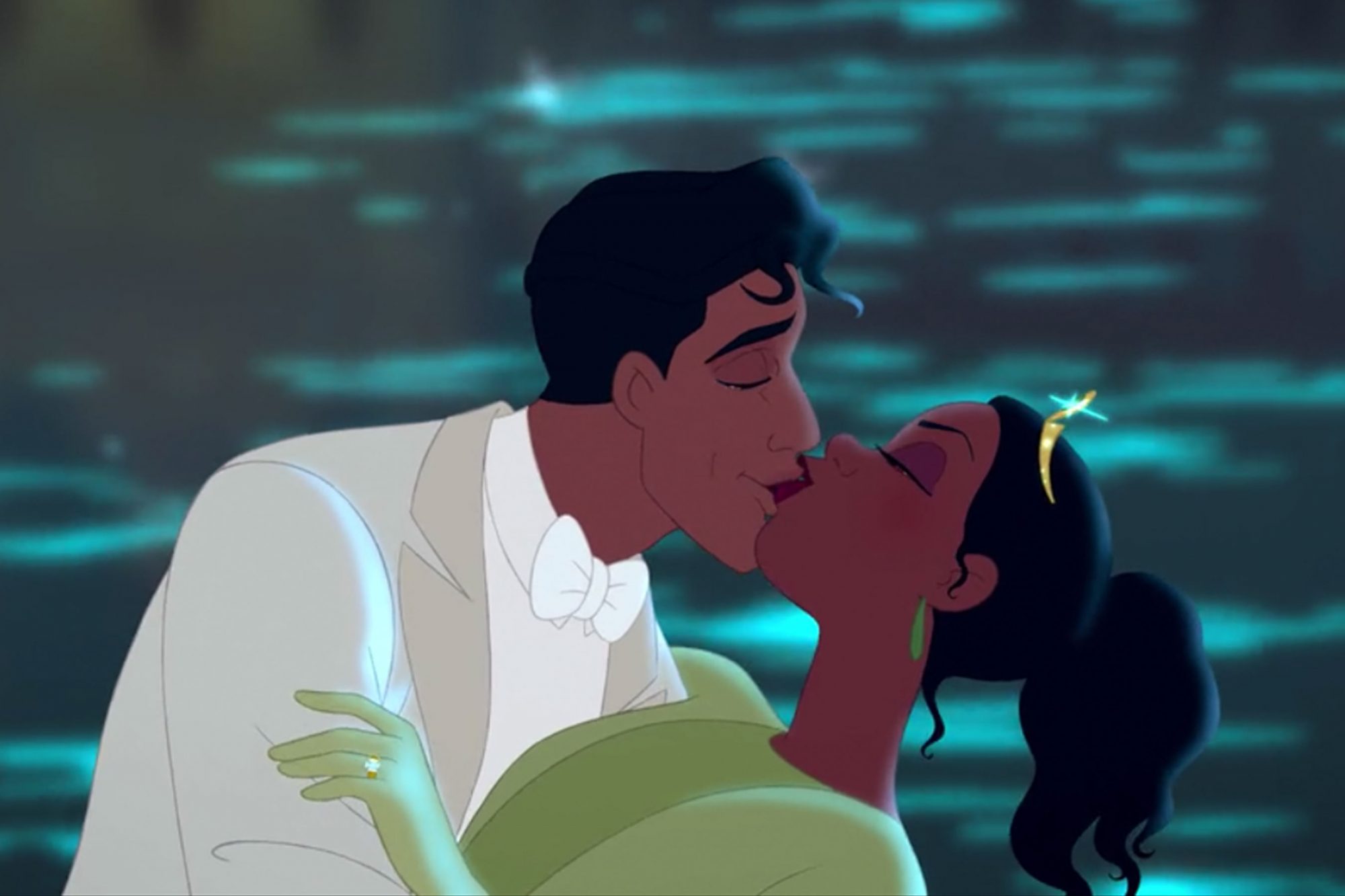
Nice summation of the Disney Princesses! They have evolved over the years, maybe not as fast as the real world, but they have “Come a long way baby!” While most of their features, and lives end up being charmed……perhaps we all need an escape from reality once in a while. The world is a scary place. Even at the age of 61, I think a swirly beautiful dress, and birds singing outside my window in a Disney setting would be wonderful. Thanks for the read.